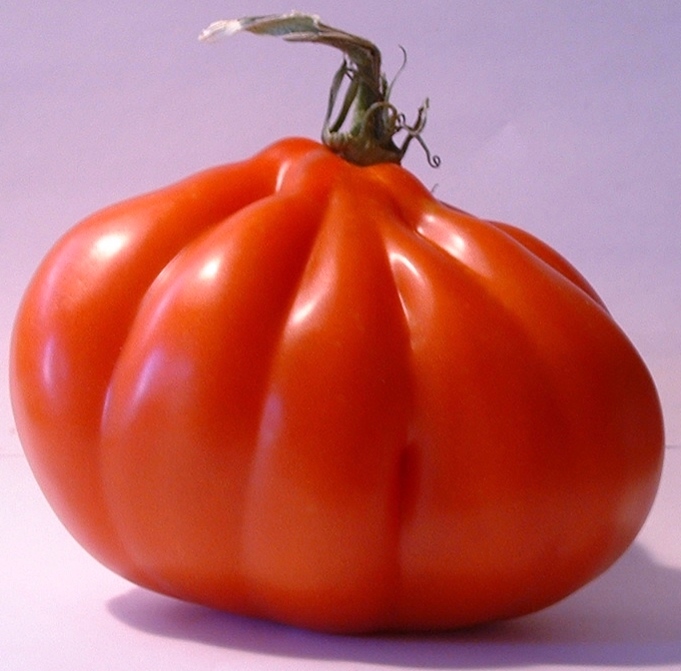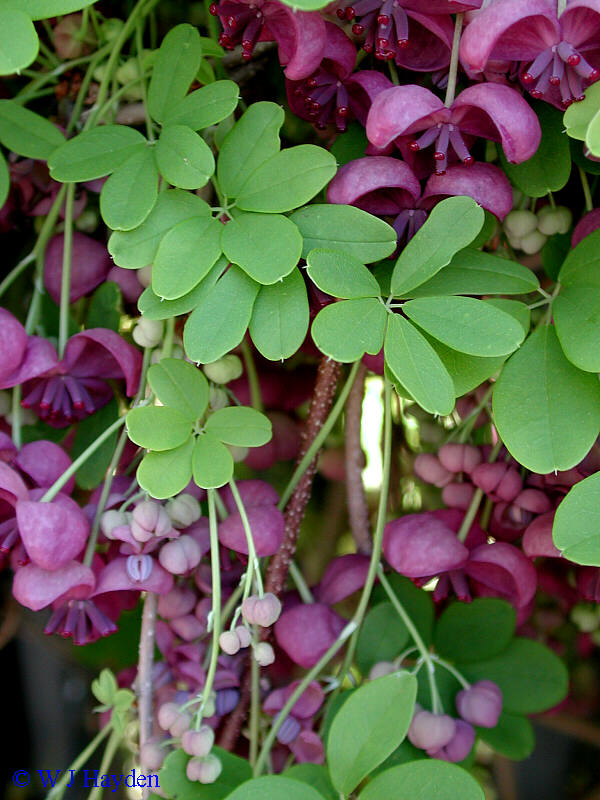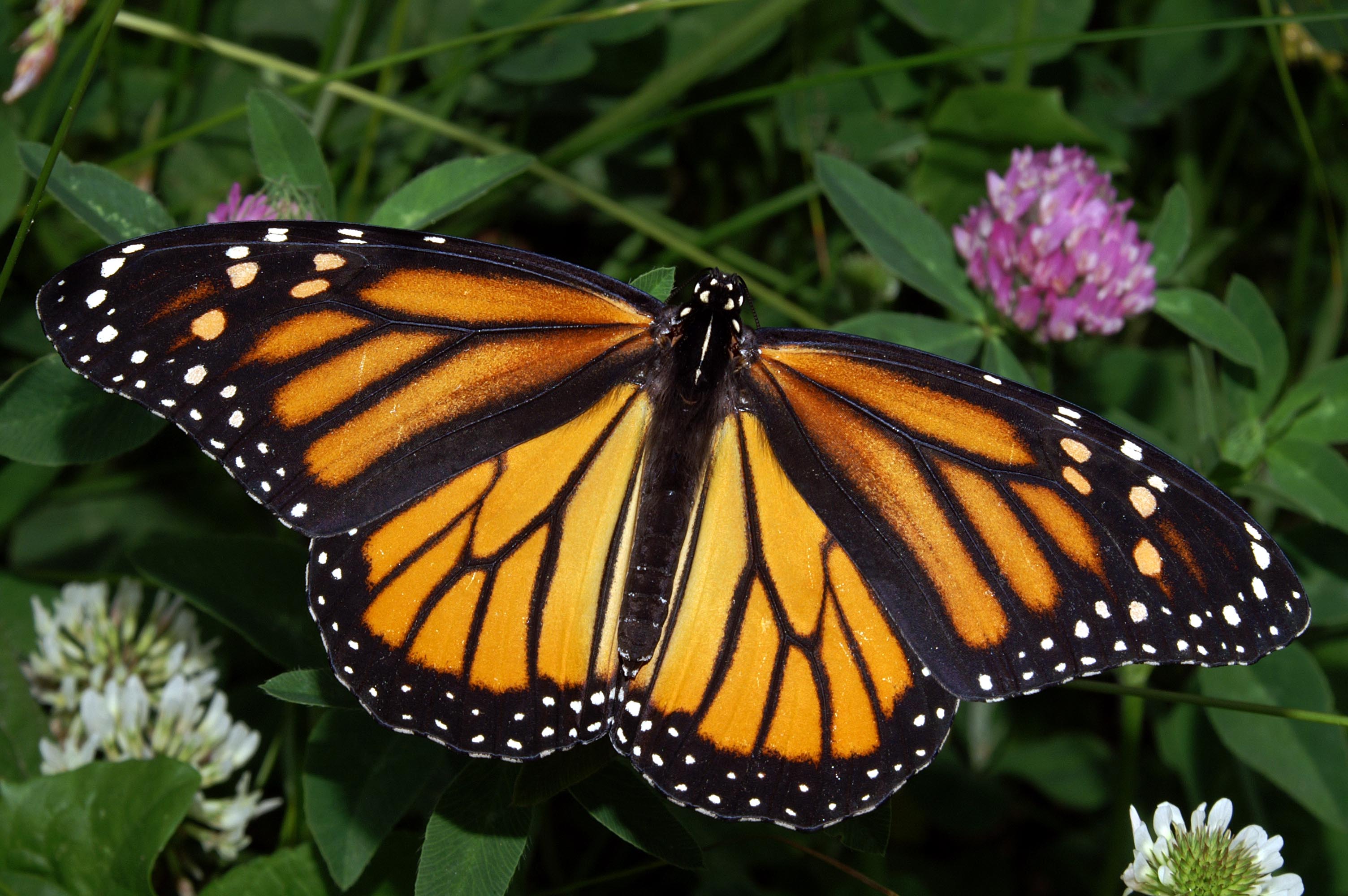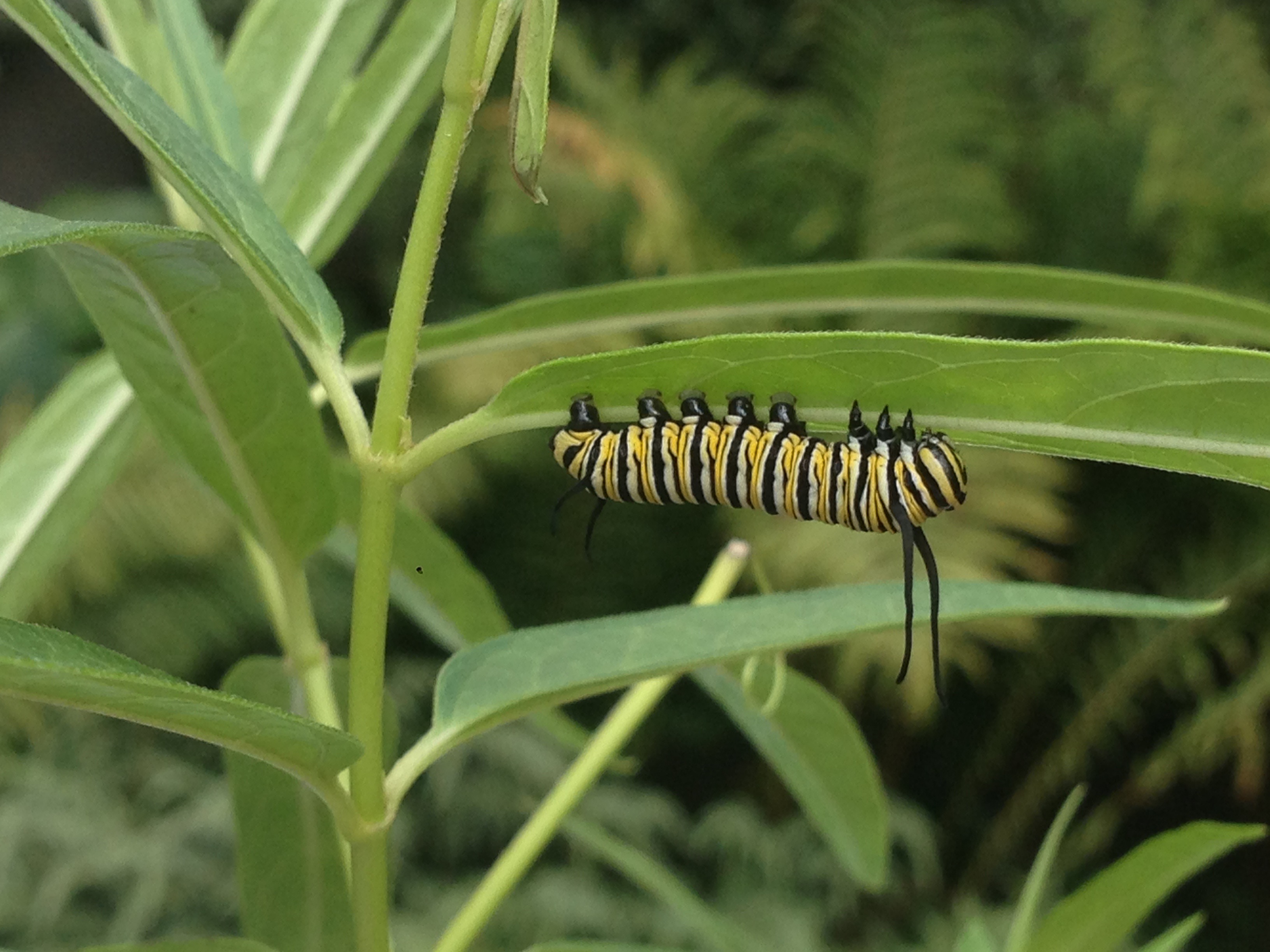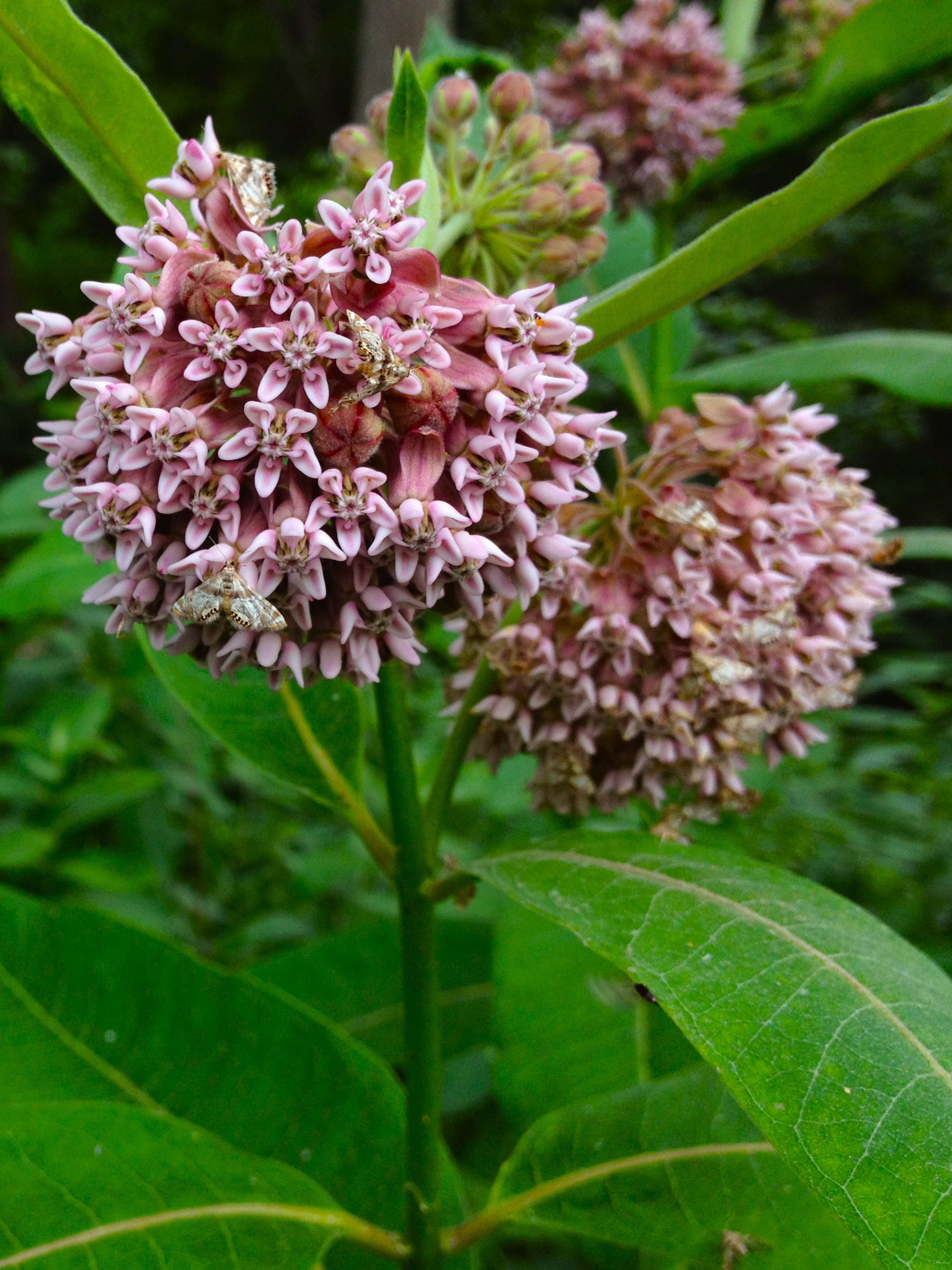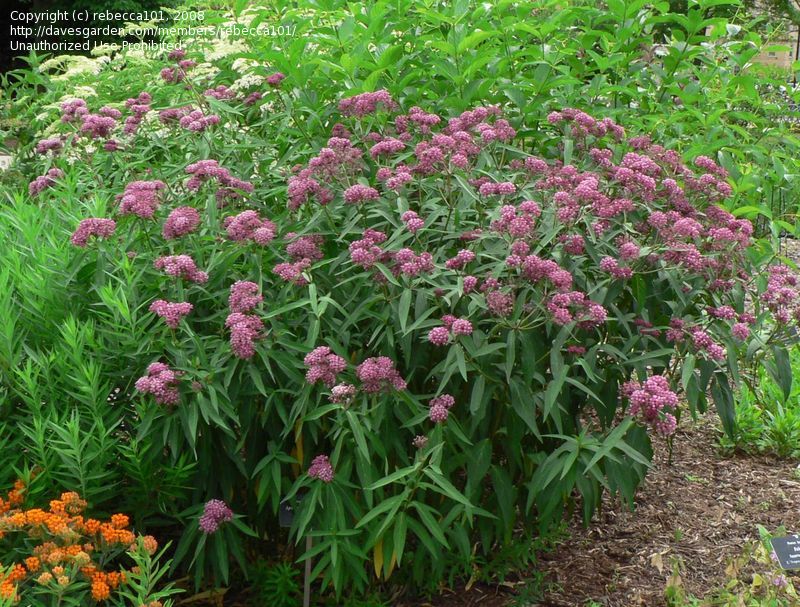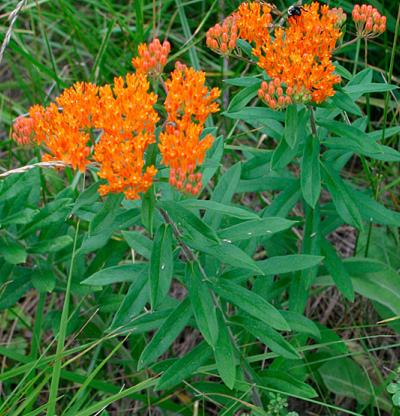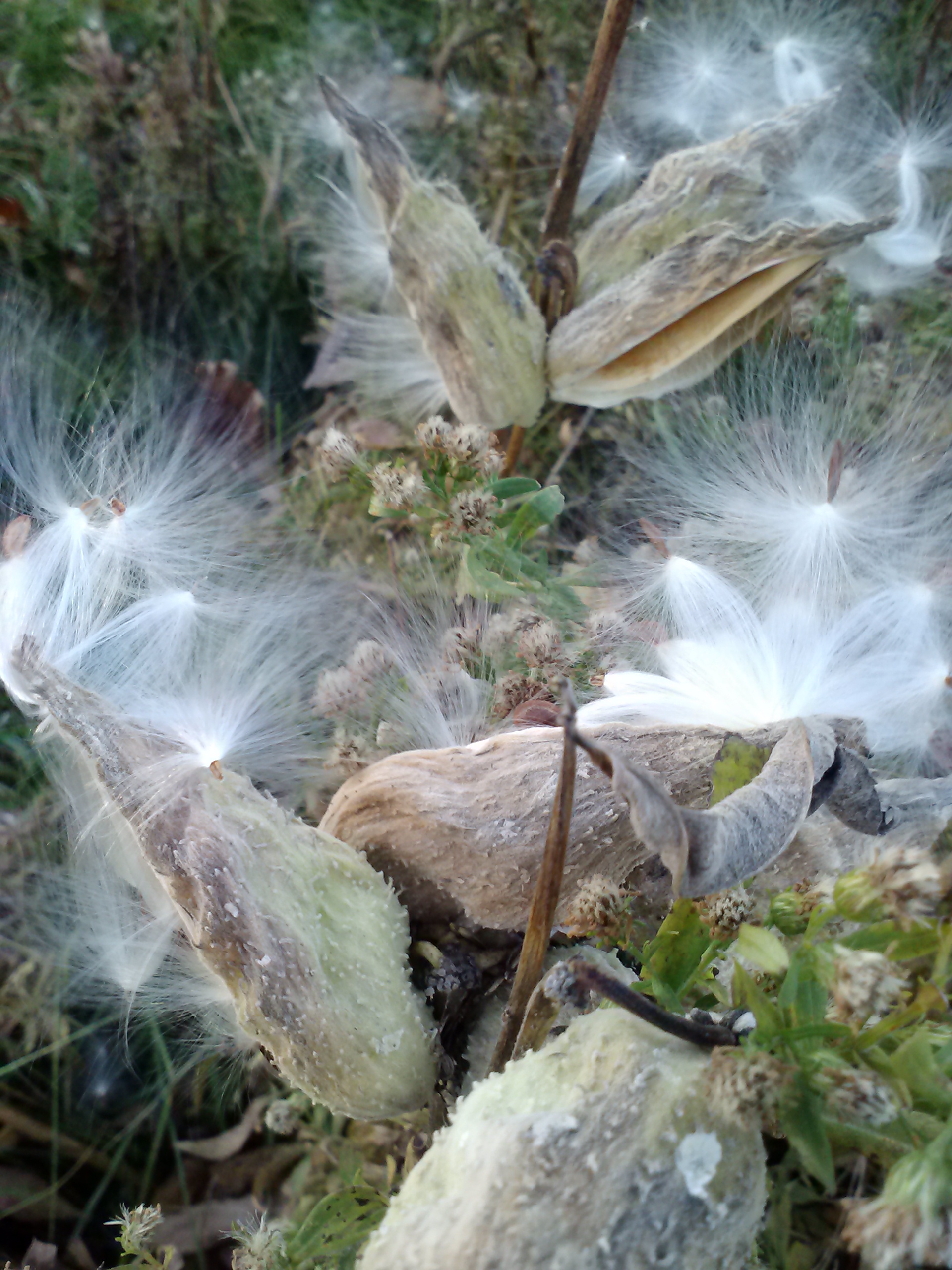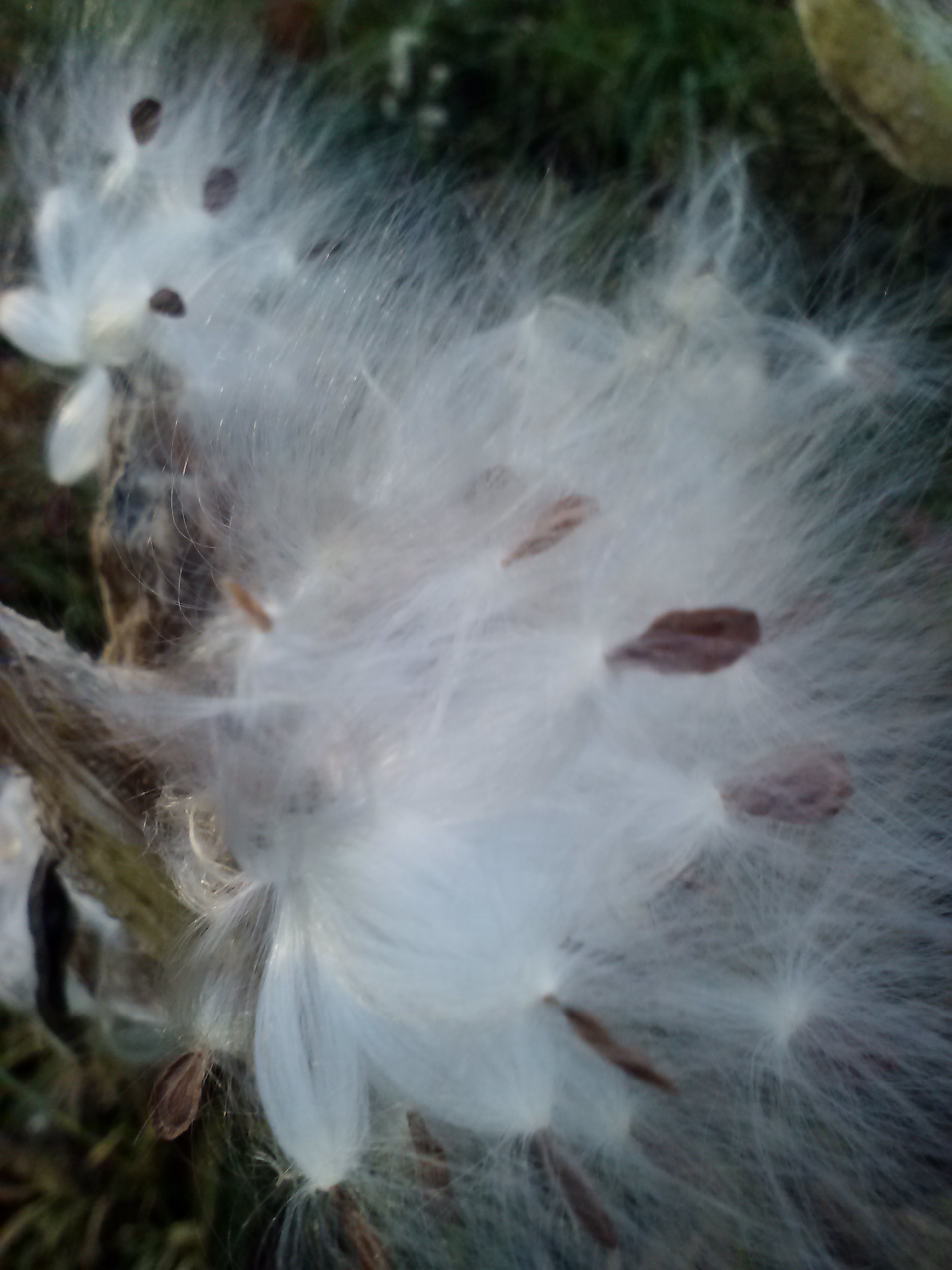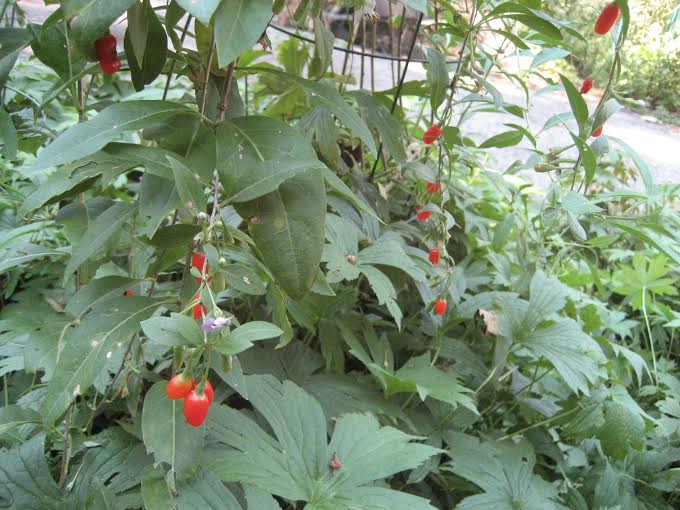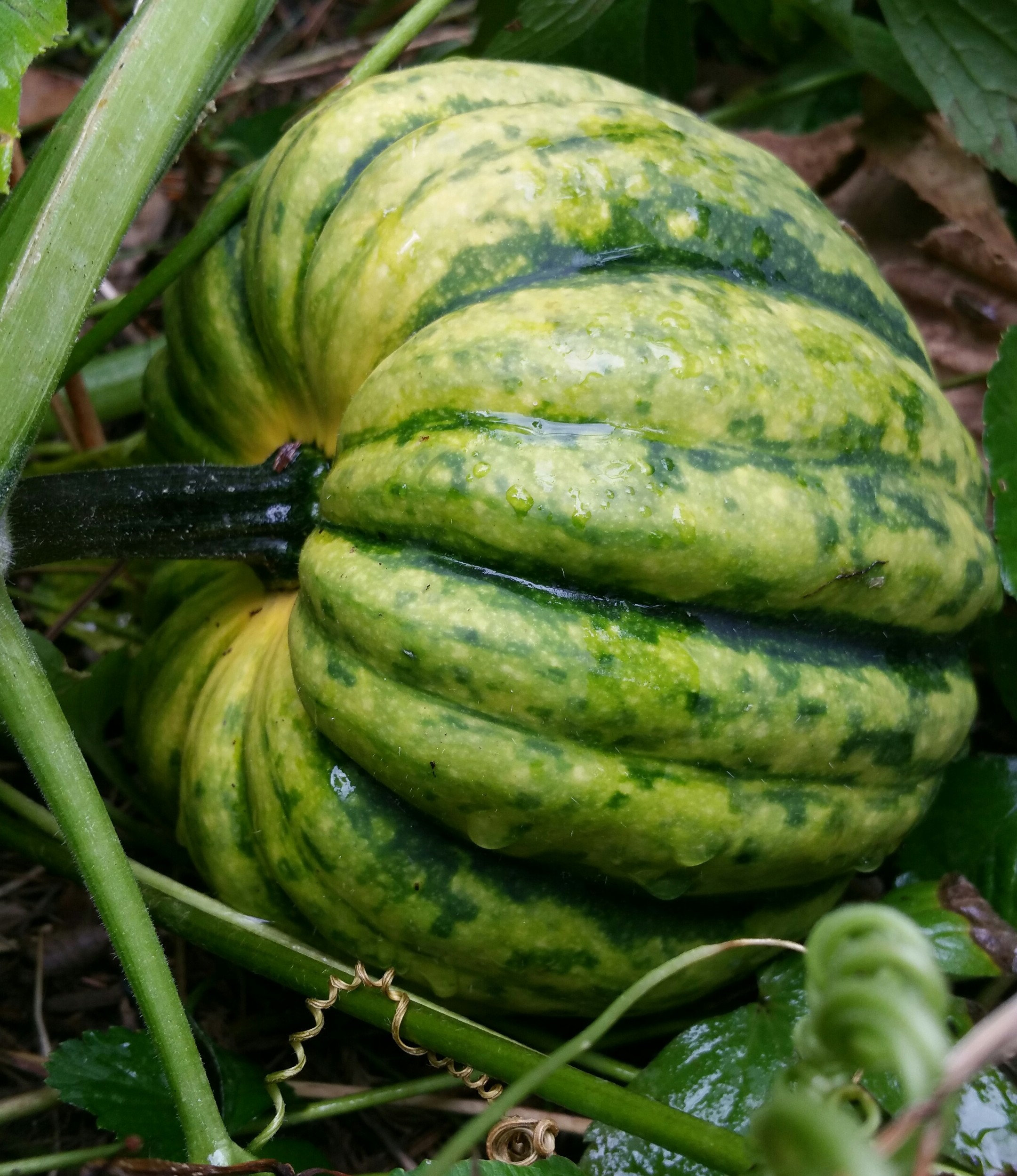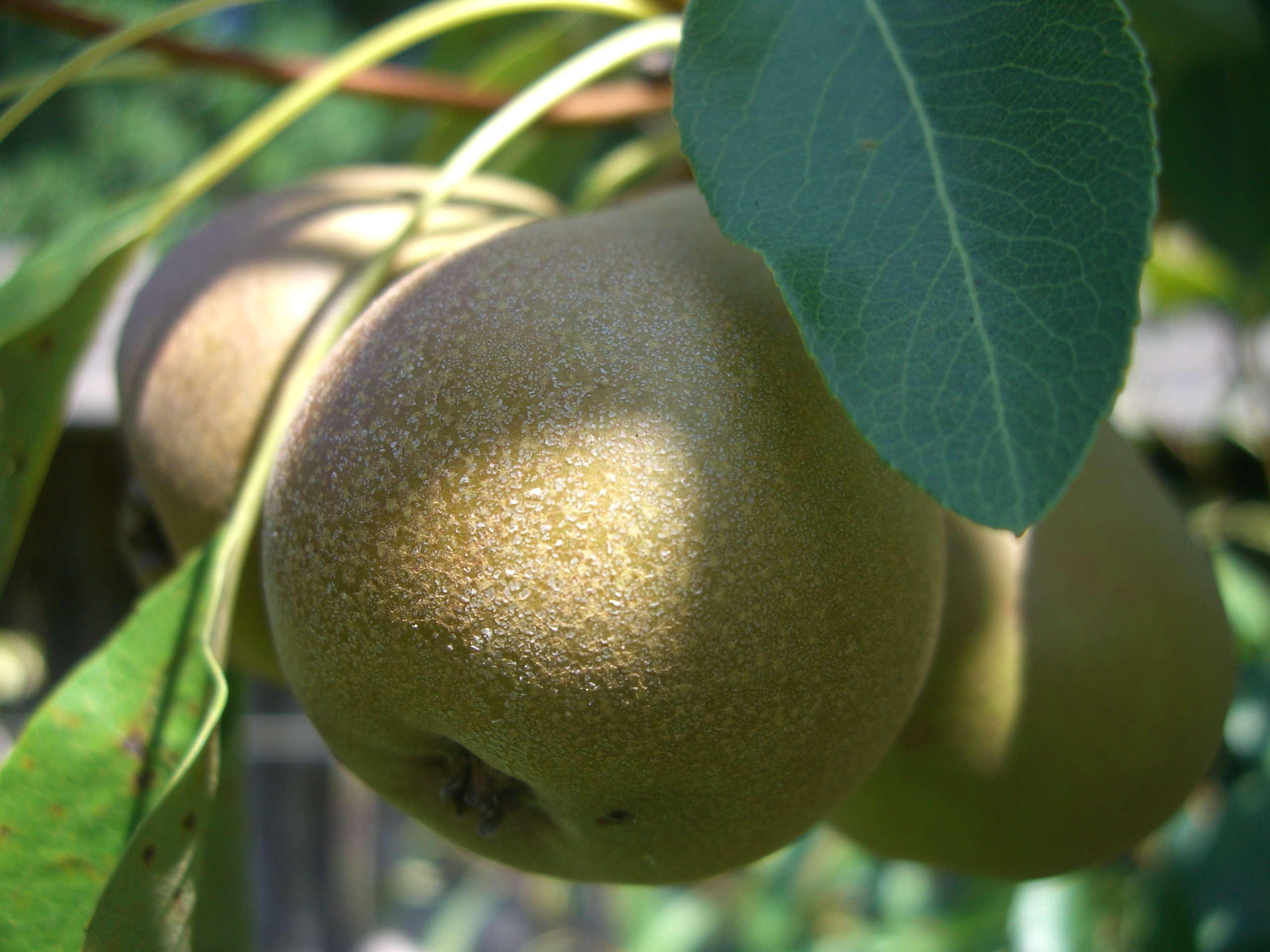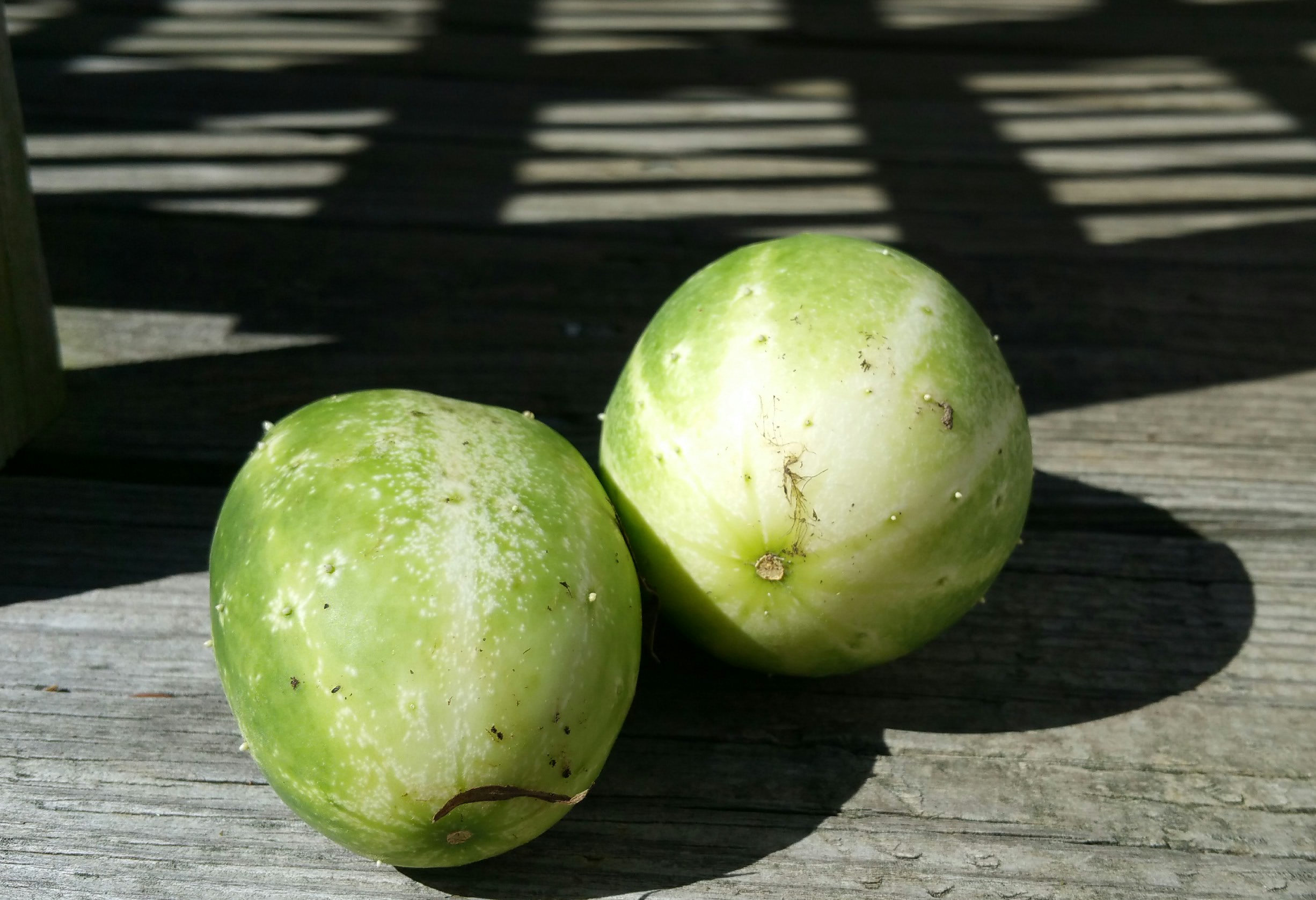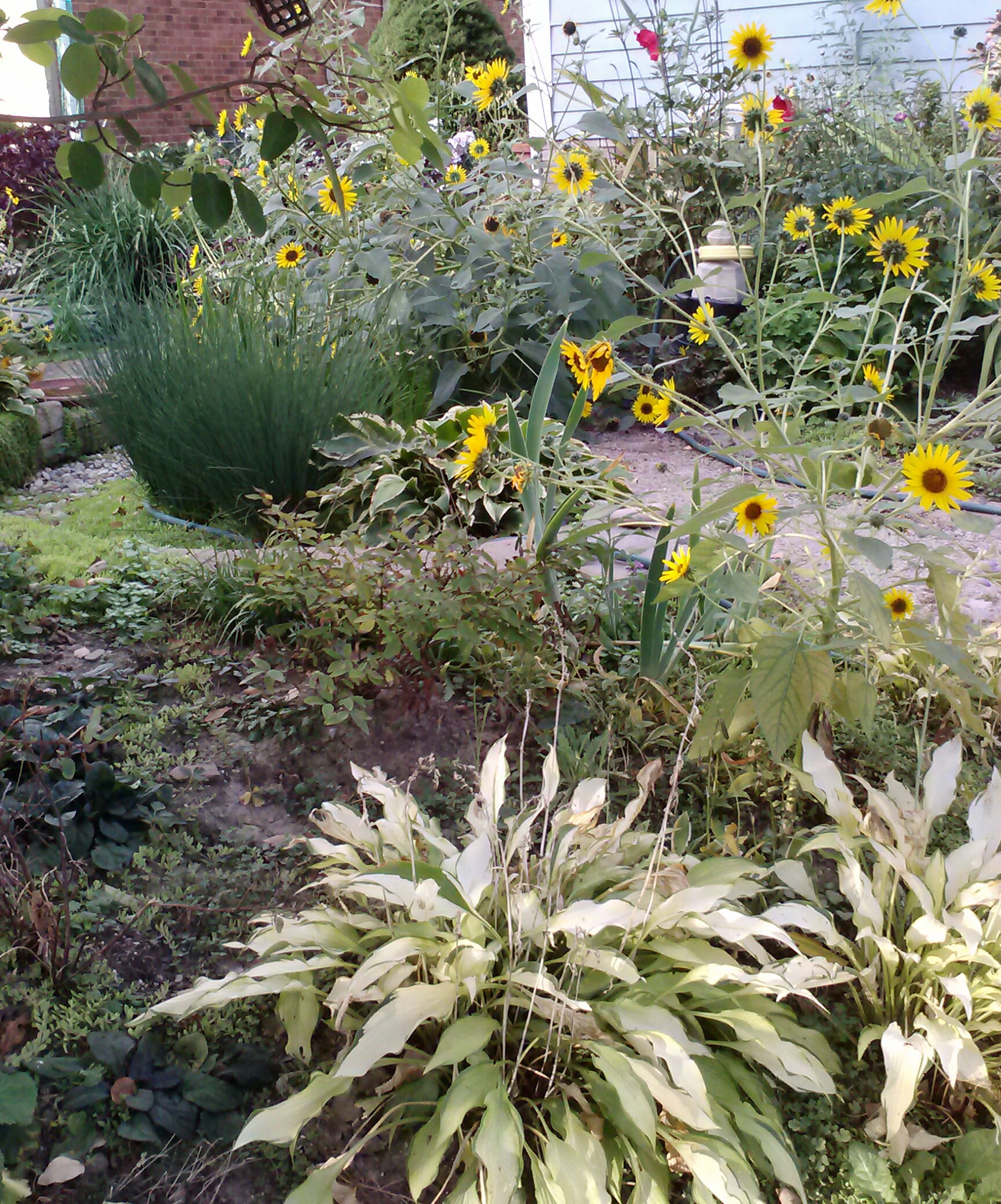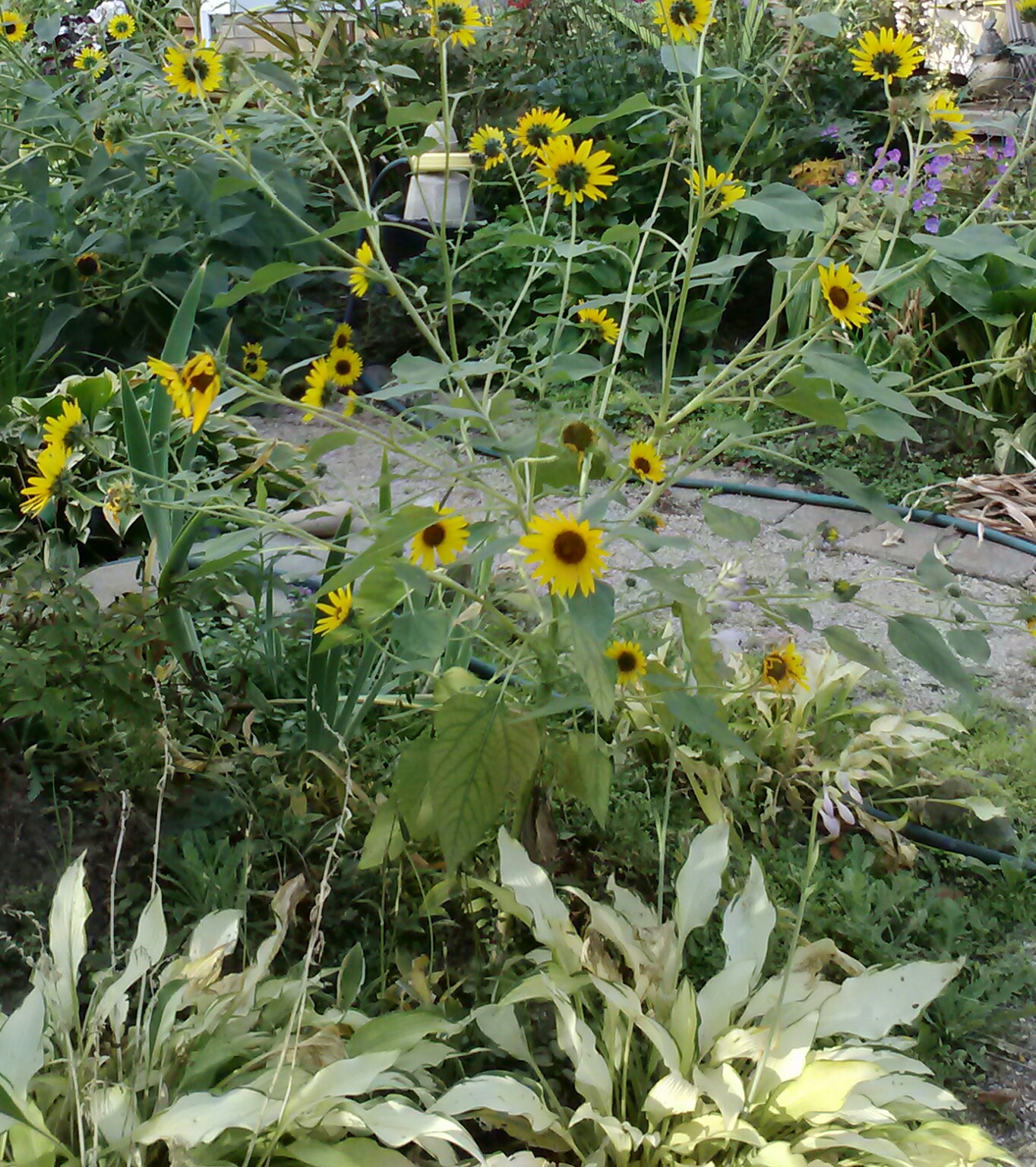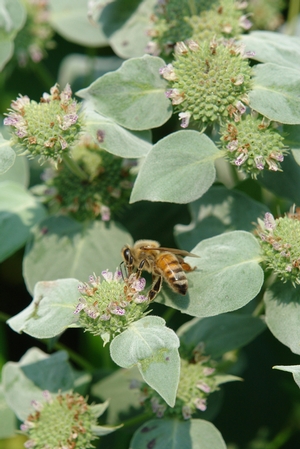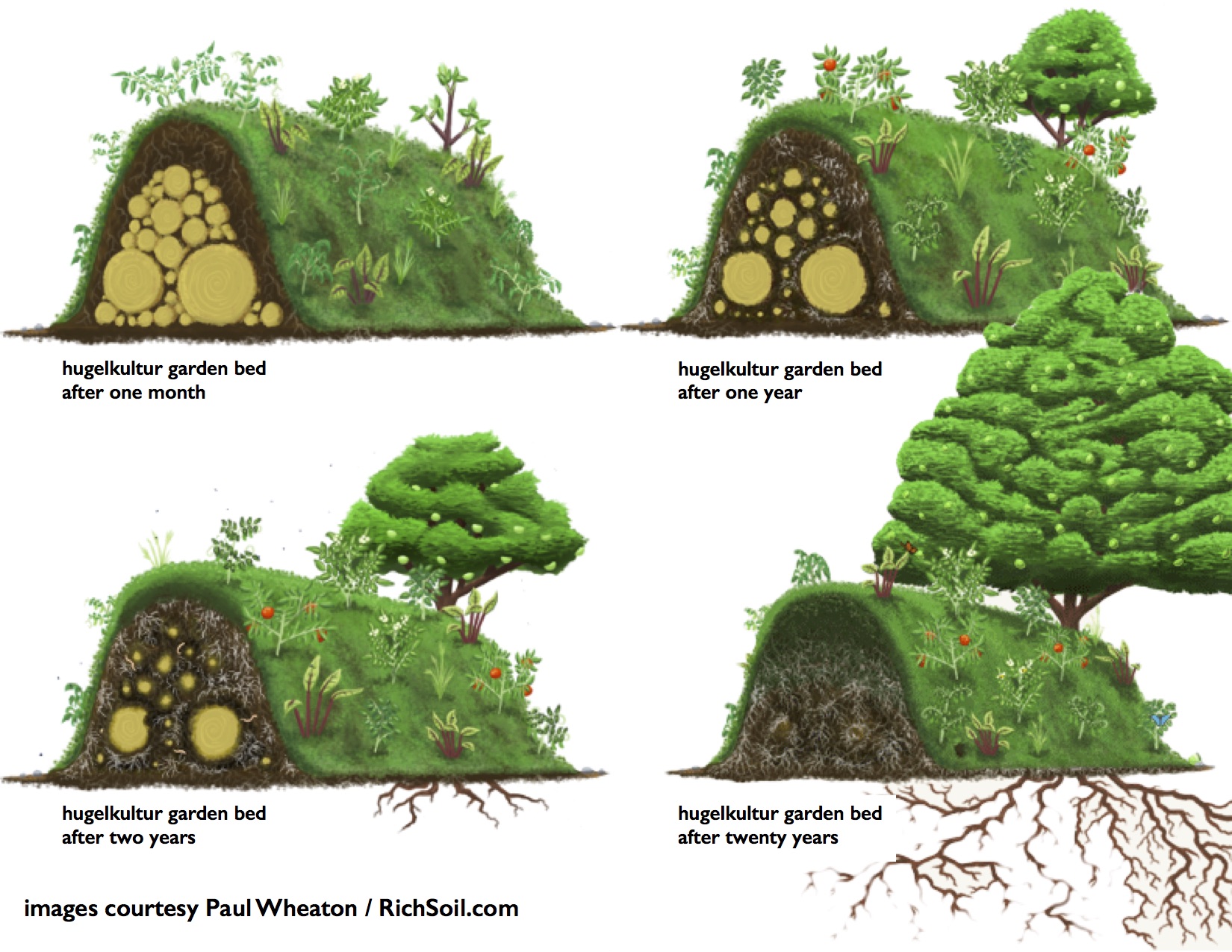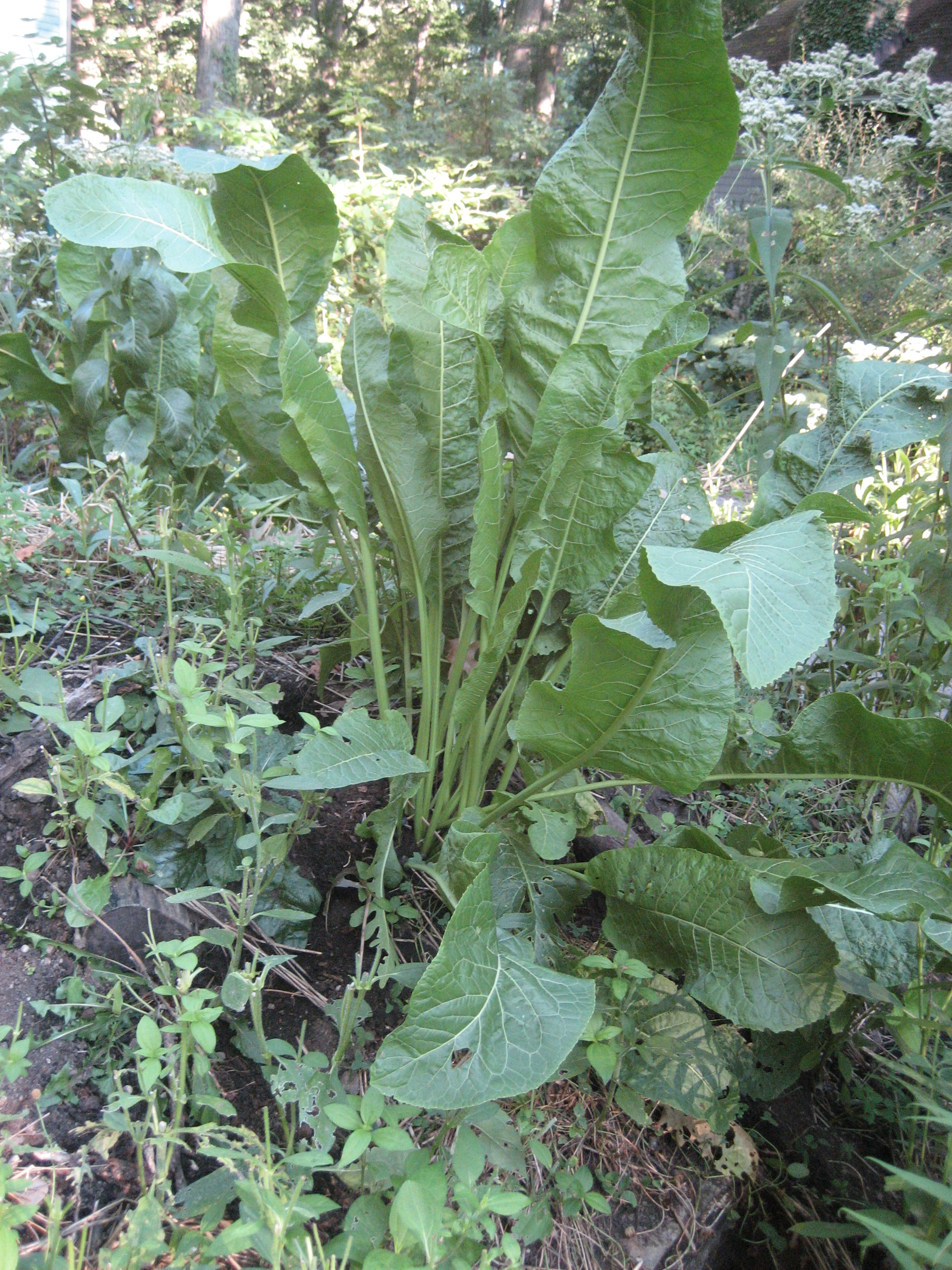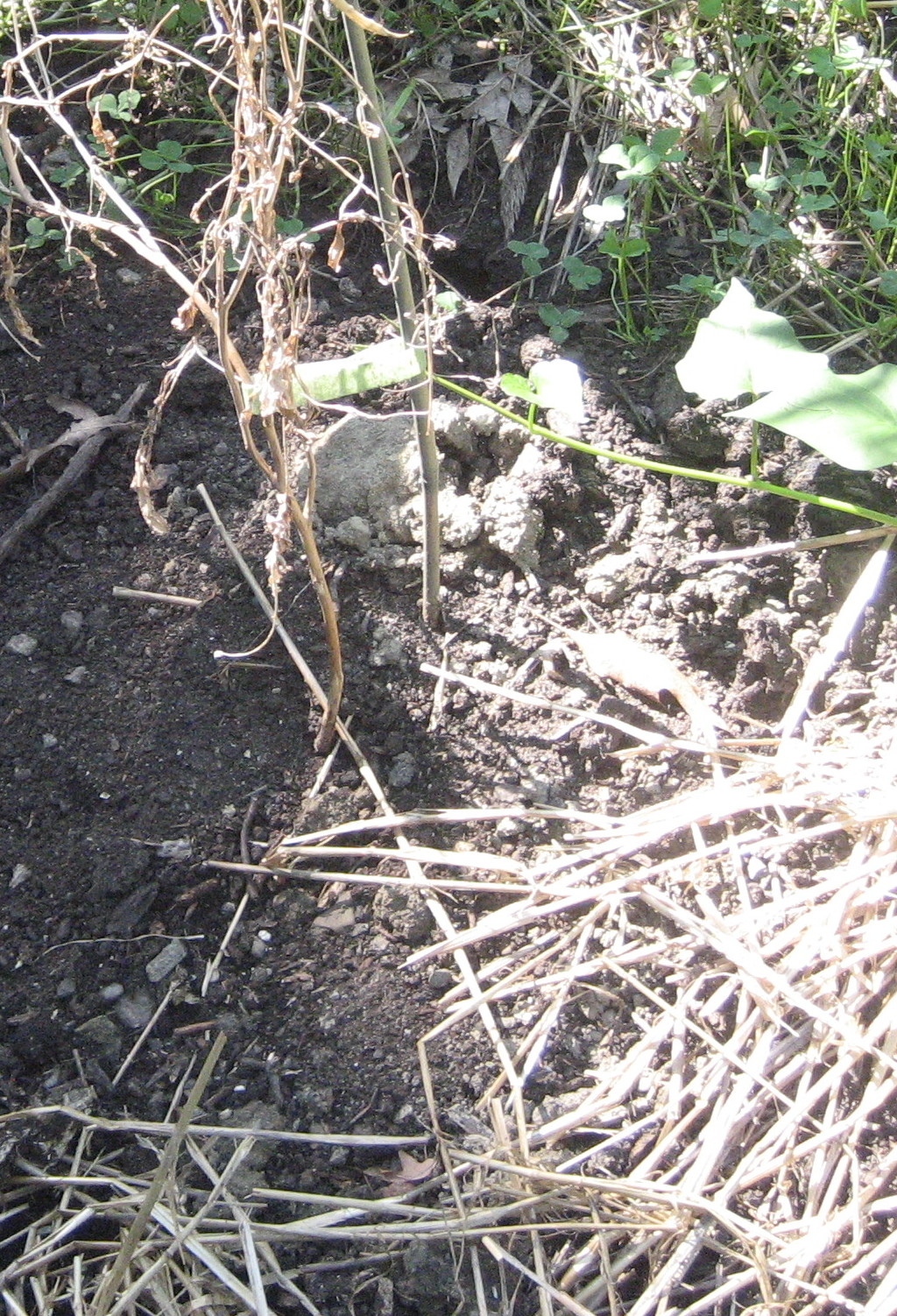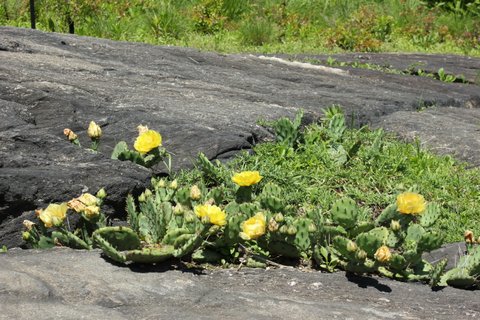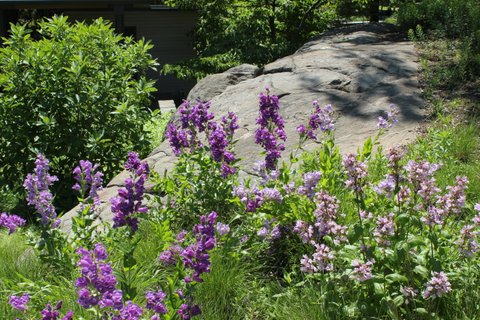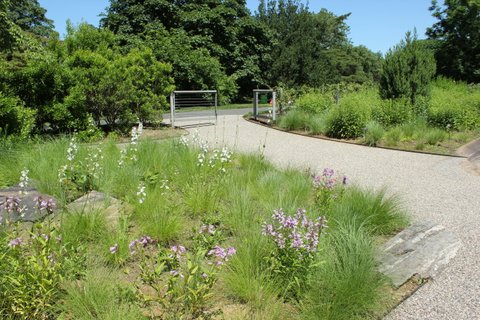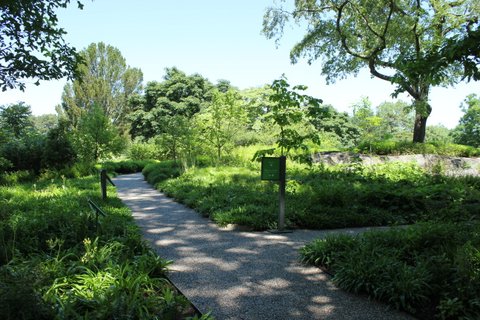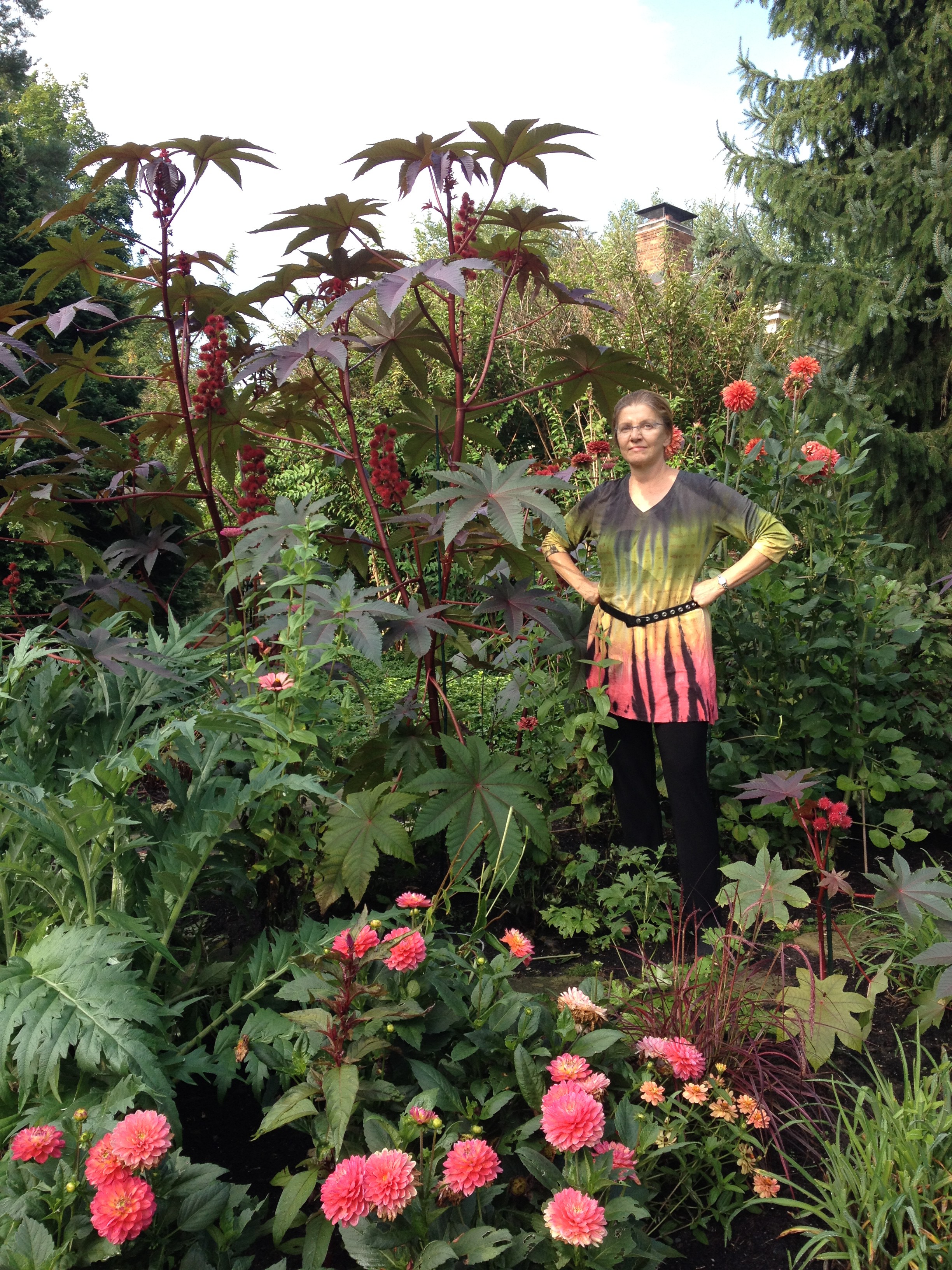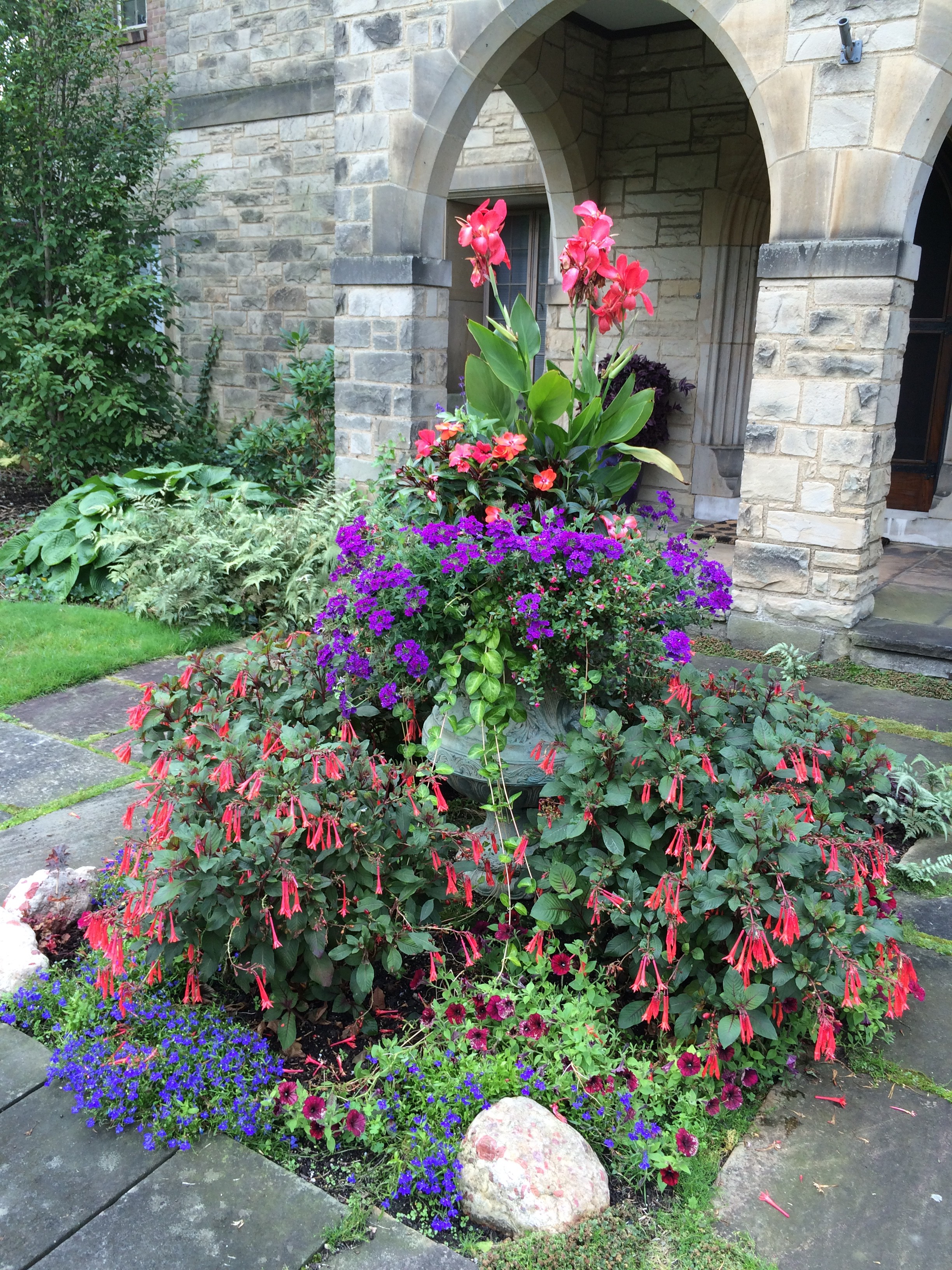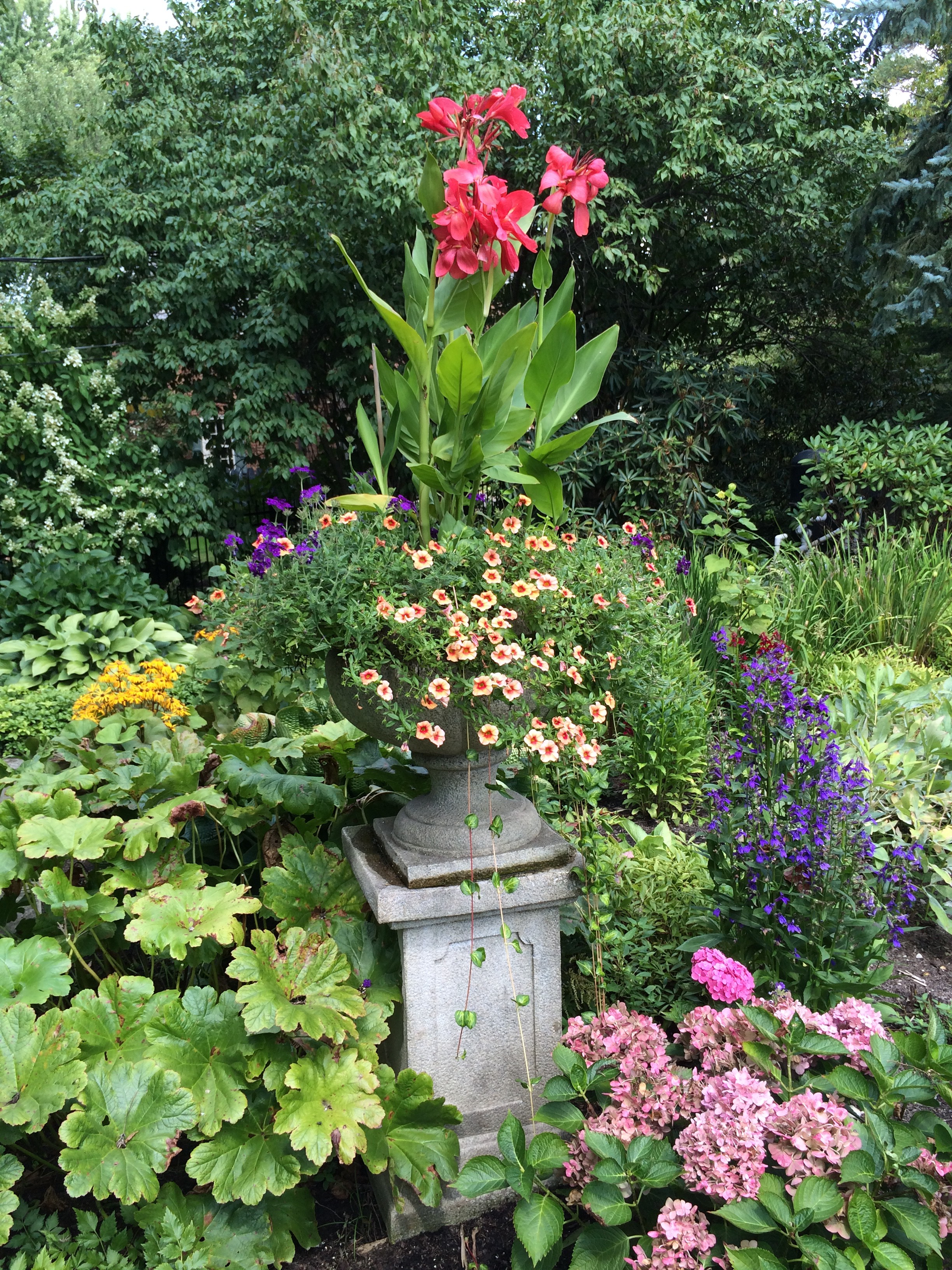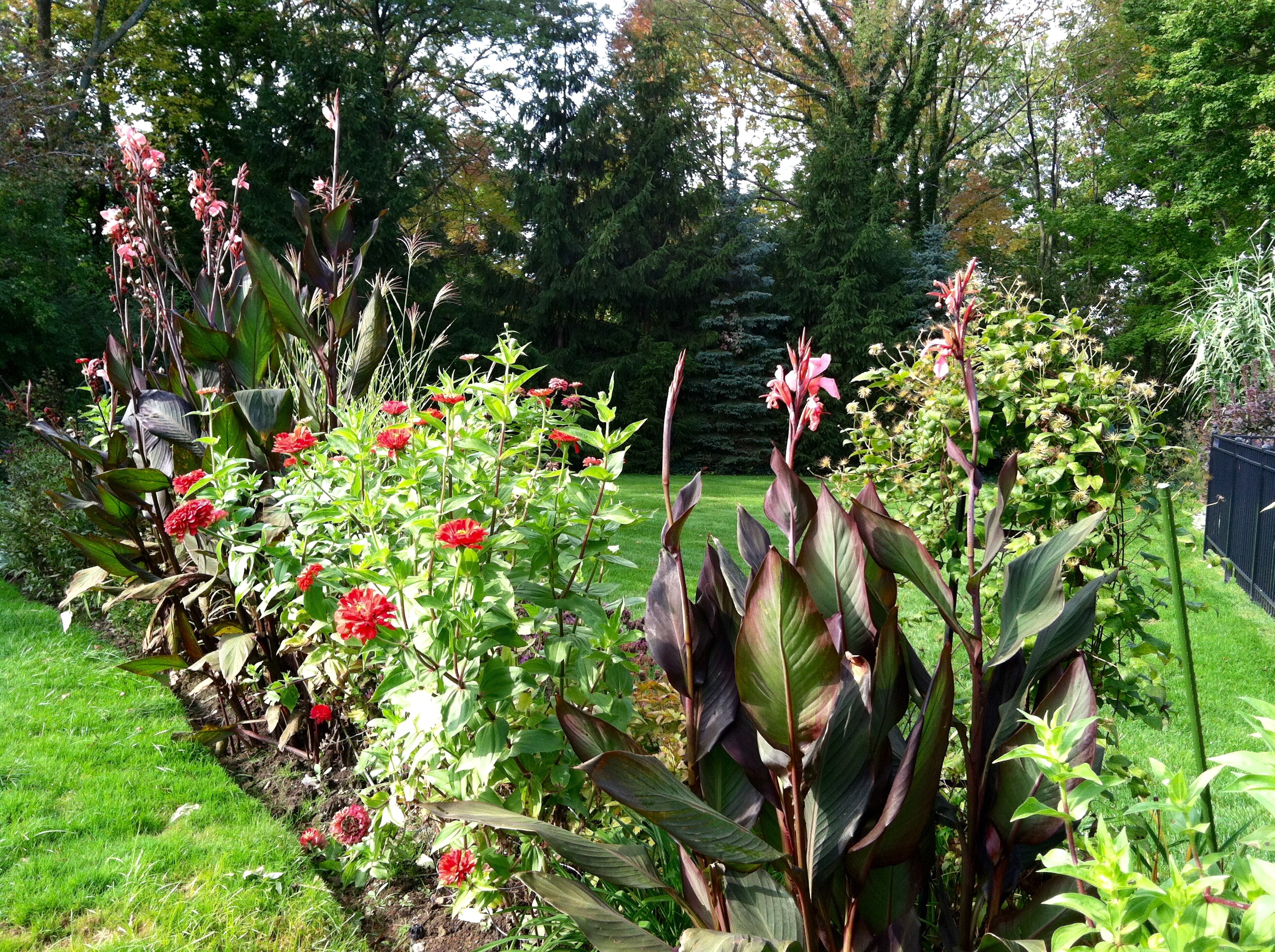by Daniel Homans
Like so many, once the summer growing season is over I am happy with a single real and lasting takeaway from my annual gardening experience.
This year rather than a strictly botanical lesson, my garden learning was more social in nature. And how very simple. How could I have missed this one? All you need is a bumper crop of your best garden grown tomatoes, a friendly dog and you can become your neighborhood’s new garden rockstar.
The events leading to my learning this year began with a simple walk with my dog Olive. As we set out and passed my tomato garden I plucked a ripe Italian Red Pear and dropped it in my pocket. With no particular plan for my tomato as I reached the outside bounds of my customary walk I encountered one of my “hows-it-going” vaguely familiar neighbors. To my own surprise I pulled my Red Pear from my pocket and extended it declaring “you look like you could use a quality tomato”.
The conversation that followed was pleasant and lighthearted centering on home gardens, juicy tomatoes and Olive. Having experienced this impromptu social success I found my self repeating this routine during my morning and late day dog walks, saluting neighbors familiar, and not so familiar. Over two full months no one refused a tomato and my late summer walks became remarkably upbeat and much longer than in June.
Looking back now with Halloween in sight, I can say with certainty, I have more neighborhood friends than I did this time last year. So take notice, the lesson is simple: tomatoes can be a powerful social wampum.
